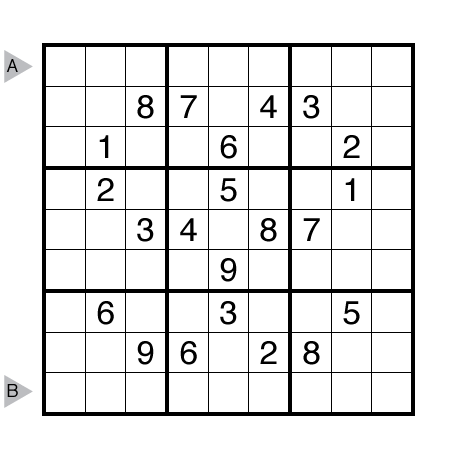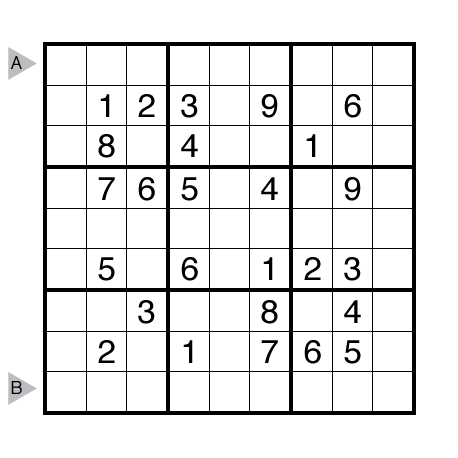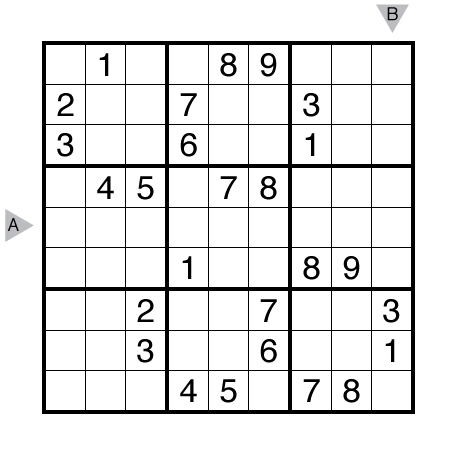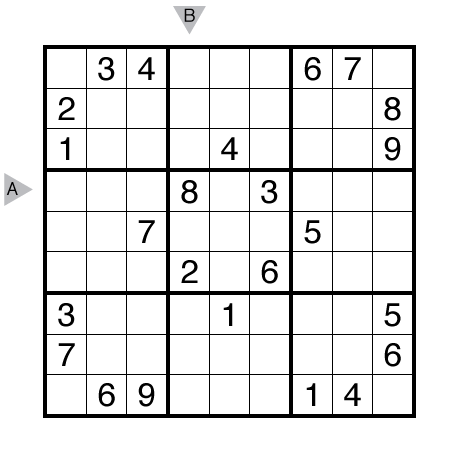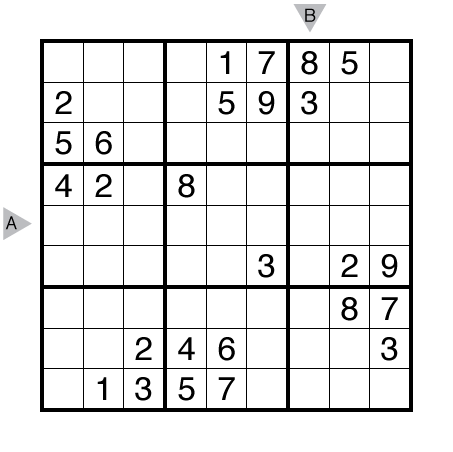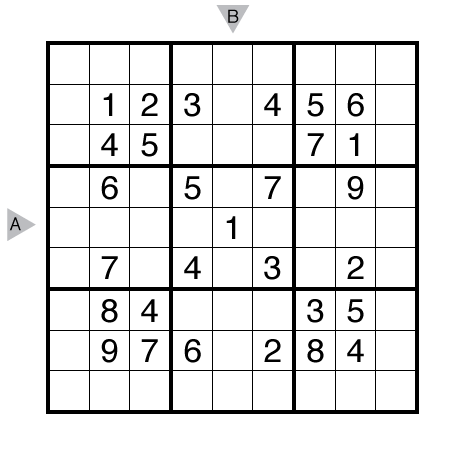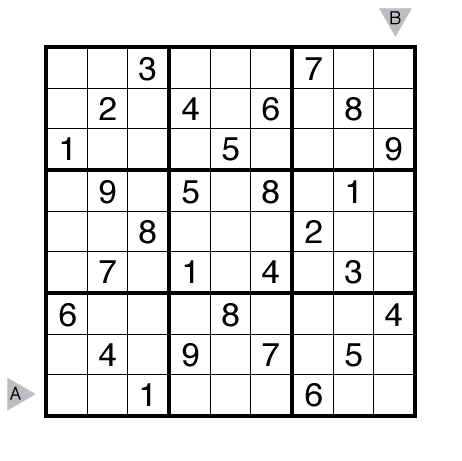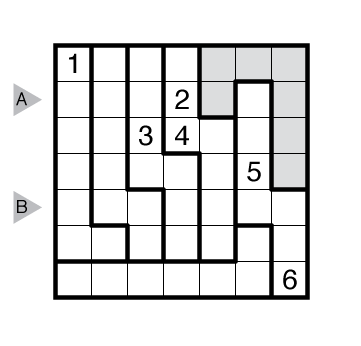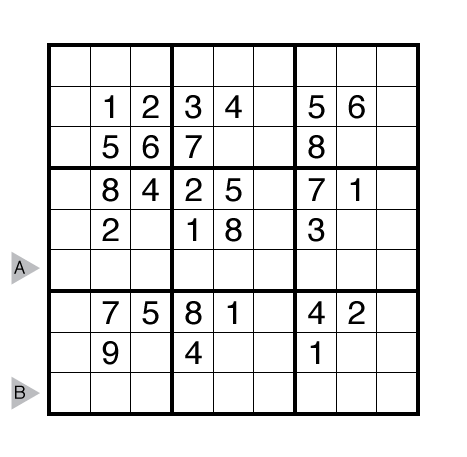Sudoku by Thomas Snyder
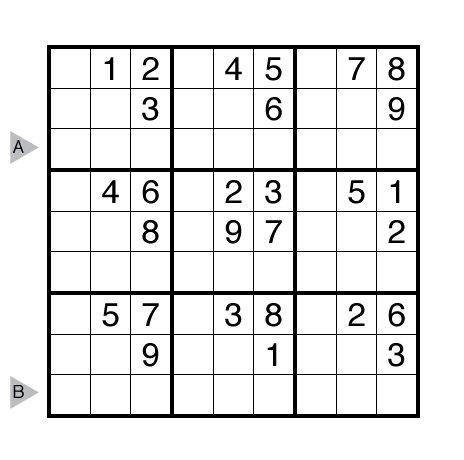
or solve online (using our beta test of Penpa-Edit tools)
Theme: Postage Stamps (Originally for 2014 Arlington Puzzle Festival — this was the playoff finals puzzle)
Author/Opus: This is the 210th puzzle from Thomas Snyder, aka Dr. Sudoku.
Rules: Standard Sudoku rules.
Answer String: Enter the 3rd row from left to right, followed by a comma, followed by the 9th row from left to right.
Time Standards (highlight to view): Grandmaster = 3:15, Master = 5:00, Expert = 10:00
Solution: PDF
Note: Follow this link for other classic Sudoku. If you are new to this puzzle type, here are our easiest Sudoku to get started on. More classic Sudoku puzzles can be found in The Art of Sudoku, The Art of Sudoku 2 and in our beginner-friendly collection Intro to GMPuzzles by Serkan Yürekli.

